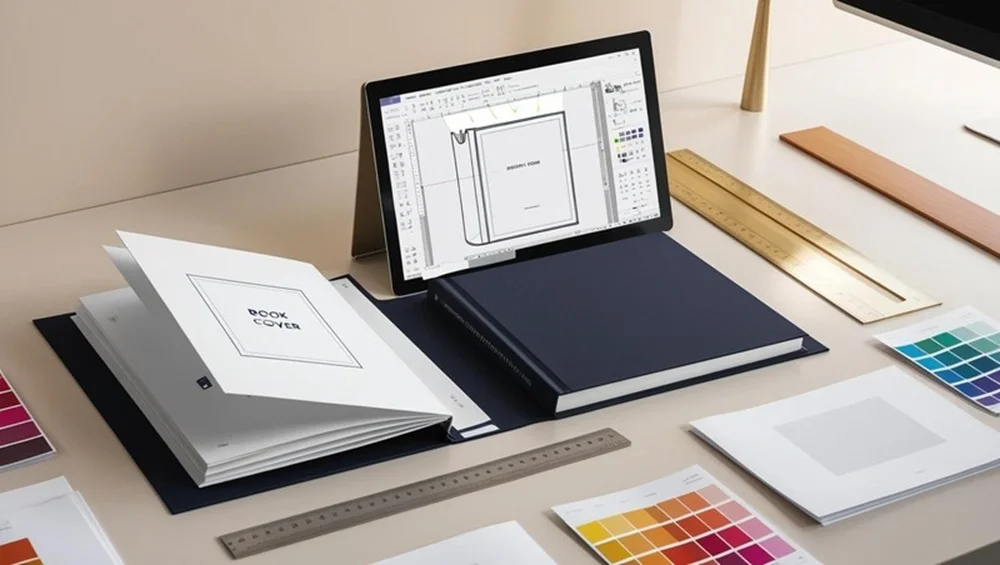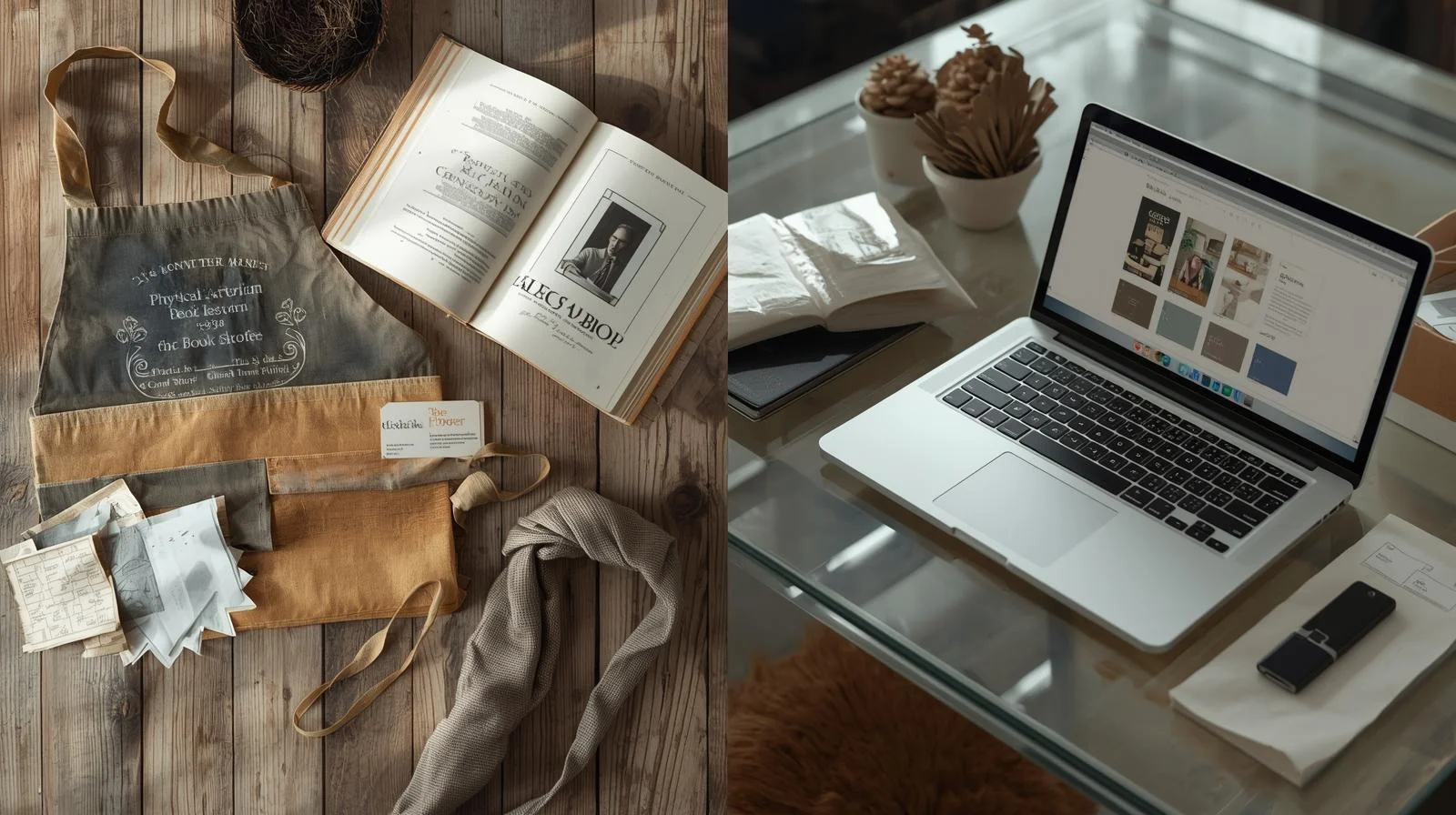A hardcover book cover is your book’s first impression. It grabs attention, conveys the story, and drives sales. This guide shares expert tips to design a cover that stands out on shelves and online. Whether you’re a self-published author or working with a designer, these steps will help you create a professional, eye-catching cover.
Table of Contents
ToggleWhy a Great Hardcover Book Cover Matters
Readers judge books by their covers. A well-designed cover signals quality and genre, enticing readers to pick it up. It must work in bookstores and as a thumbnail online. Here’s why it’s critical:
- Attracts Readers: Bold visuals draw eyes in crowded markets.
- Communicates Genre: Imagery and fonts hint at the book’s tone.
- Boosts Sales: A professional cover converts browsers into buyers.
Key Elements of a Hardcover Book Cover
A hardcover cover includes the front, spine, back, and dust jacket flaps. Each part plays a role in selling your book. Here’s what to focus on:
Front Cover: The Attention-Grabber
The front cover is your book’s face. It needs to be bold and clear. Follow these tips:
- Choose Striking Imagery: Use high-quality photos or illustrations that reflect your story’s theme.
- Prioritize Typography: Select readable fonts that match your genre. Avoid Comic Sans or overly ornate styles.
- Keep It Simple: Avoid clutter. A clean design looks professional and scales well as a thumbnail.
Spine: The Shelf Star
Most books are displayed spine-out in stores. Make it legible and attractive:
- Use Bold Text: Ensure the title and author name are readable from a distance.
- Match the Cover Style: Keep colors and fonts consistent with the front.
- Include Publisher Logo: This adds credibility for bookstore placement.
Back Cover: The Closer
The back cover seals the deal. It provides key details to convince readers. Include:
- Compelling Description: Write a short, engaging blurb that hooks readers.
- Reviews or Endorsements: Add quotes from credible sources to build trust.
- ISBN and Barcode: These are essential for sales and inventory.
Dust Jacket Flaps: Extra Space for Story
Hardcover dust jackets have flaps for additional content. Use them wisely:
- Author Bio: Share a brief bio and photo to connect with readers.
- Book Summary: Expand on the back cover blurb if needed.
- Call to Action: Encourage readers to visit your website or follow you online.
Step-by-Step Guide to Designing Your Cover
Creating a hardcover book cover takes planning. Follow these actionable steps:
- Research Your Genre: Study bestselling covers in your category. Note colors, fonts, and imagery trends.
- Create a Mood Board: Collect inspiring images and designs on Pinterest or a physical board.
- Hire a Professional or DIY: If designing yourself, use tools like Canva or Adobe InDesign. For best results, hire a designer with genre experience.
- Test Your Design: Show your cover to your target audience. Ask for feedback on clarity and appeal.
- Prepare for Printing: Use a printer’s template to set bleed (0.625” for hardcovers) and ensure CMYK colors for print quality.
Common Mistakes to Avoid
Steer clear of these pitfalls to ensure your cover shines:
- Overloading the Design: Too many elements confuse readers.
- Ignoring Thumbnails: Test how your cover looks at small sizes for online sales.
- Using Low-Quality Images: Blurry or pixelated visuals scream amateur.
- Neglecting Genre Cues: A romance cover shouldn’t look like a thriller.
People Also Ask: Your Questions Answered
Here are answers to common questions about hardcover book covers:
What makes a good hardcover book cover?
A good cover is visually striking, genre-appropriate, and readable at all sizes. It uses high-quality imagery and clear typography to attract readers.
How much does it cost to design a hardcover cover?
Costs range from $100-$150 for premade covers to $250-$1000 for custom designs, depending on the designer’s experience.
Can I design my own book cover?
Yes, with tools like Canva or Adobe Express, but professional designers often deliver better results for complex projects.
Tips for Long-Term Success
Your cover should stay relevant through Google’s algorithm updates. Here’s how:
- Focus on User Intent: Address what readers want—clear visuals, genre clarity, and professional polish.
- Update Periodically: Refresh your cover every few years to align with design trends.
- Leverage Feedback: Use reader and sales data to refine future covers.
Conclusion
Crafting the perfect hardcover book Printing cover takes effort, but it’s worth it. A stunning cover attracts readers, communicates your story, and boosts sales. Research your genre, prioritize simplicity, and test your design. Whether you DIY or hire a pro, follow these steps to create a cover that shines on shelves and screens.
Ready to start? Share your cover ideas in the comments or contact a designer today!







